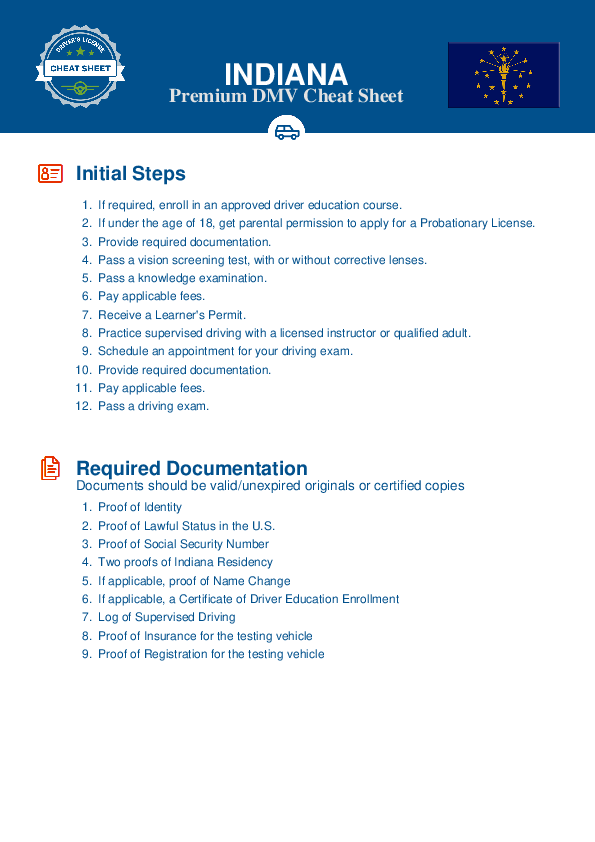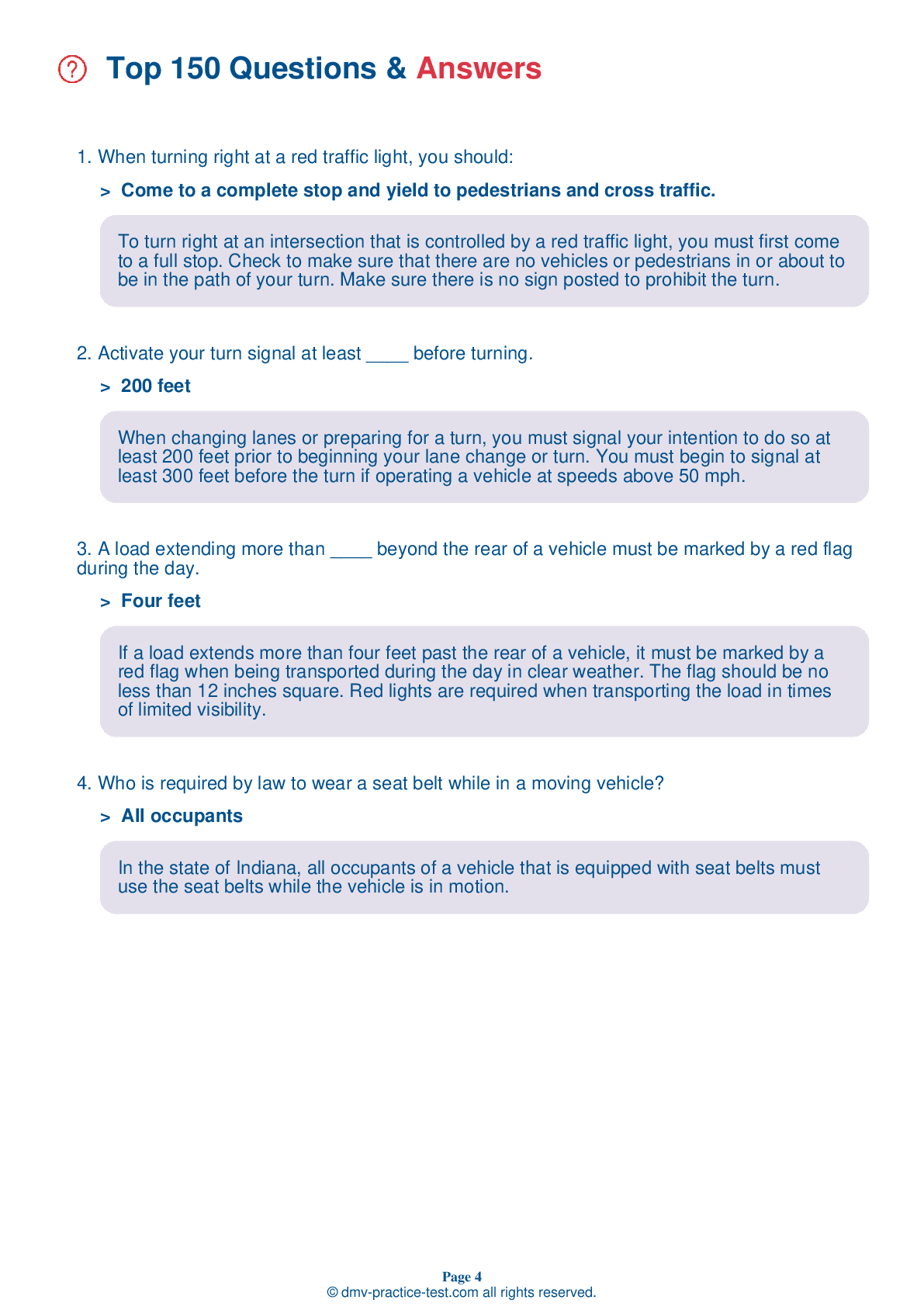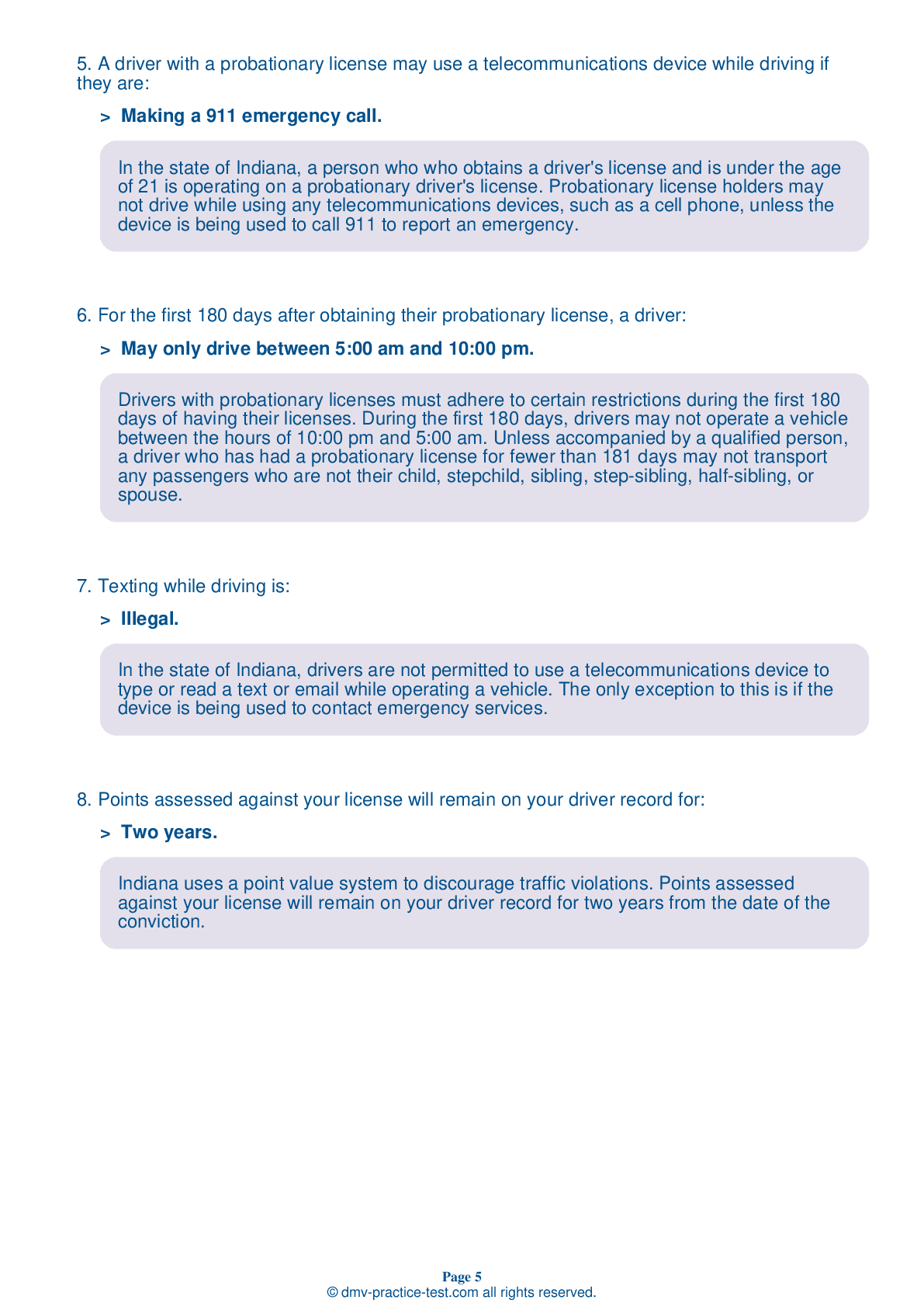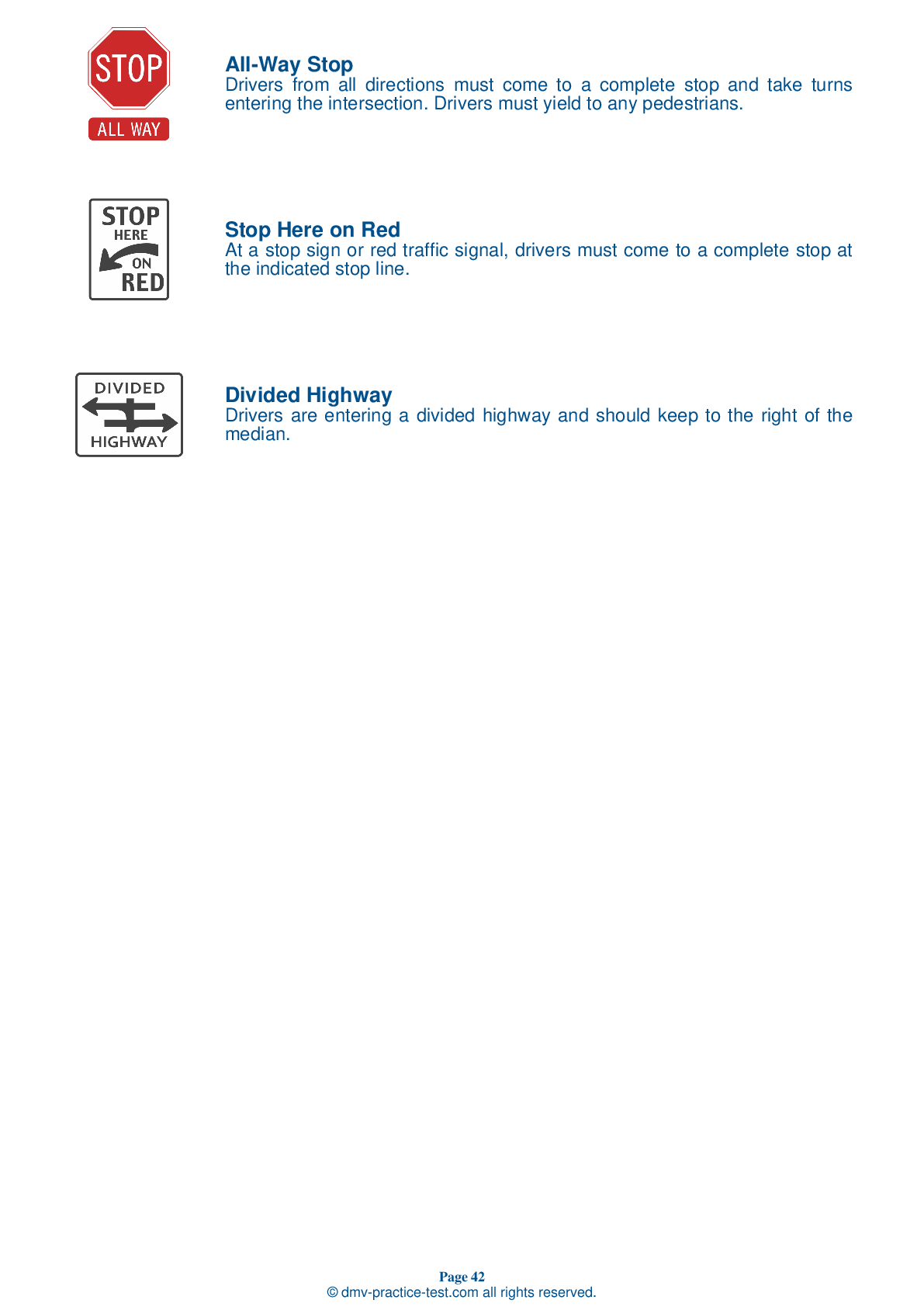FREE Indiana DMV Practice Test #17 Page 5 of 5
This set of Indiana DMV practise tests has been updated for January 2025. It includes questions based on the Indiana Driver Handbook's most significant traffic signals and laws for 2025. Use actual questions that are very similar (often identical!) to the DMV driving permit test and driver's licence exam to study for the DMV driving permit test and driver's licence exam.
On the practise exam, each question gets a tip and explanation to help you remember the concepts. The written component of the official Indiana DMV test will include questions about traffic rules, traffic signs, and driving statutes, as well as information from the Driver Handbook.
To obtain a passing grade, you must correctly answer 44 of the 50 questions. Take our DMV practise exam to help you prepare for your Indiana instruction permit or driver's licence.
The DMV exam is available in several languages.
Using any kind of testing assistance will result in an automatic fail, and the DMV may take additional action against your driver's licence, so stay away from it.
39 . A solid white line down the center of a two-lane road indicates:
White lines are used to separate traffic moving in the same direction. Solid lines indicate that drivers are not permitted to pass.
41 . This sign means:
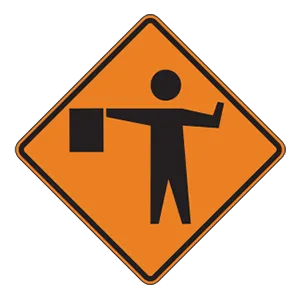
Construction zones pose dangers to both drivers and construction workers. Orange highway construction signs warn drivers to be careful when encountering construction zones. This sign tells drivers that a flagger is ahead and will be giving directions that should be followed.
42 . You come to an intersection displaying a flashing red light. You should:
A flashing red traffic light has the same meaning as a stop sign. You must stop, yield the right-of-way, and go once it is safe.
43 . This sign means:
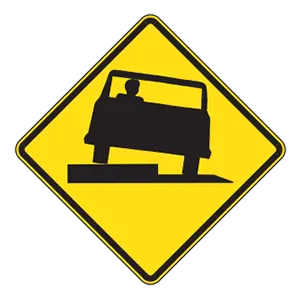
Warning signs prepare drivers for upcoming road conditions and hazards and are usually yellow with black markings. This sign alerts drivers to an upcoming shoulder that is lower than the paved road.
44 . The effect that alcohol has on your reflexes and judgment:
Consuming any type of alcohol can have negative effects on your reflexes and judgment. It does not matter which type of alcohol is consumed, only how much alcohol has entered a person's bloodstream.
45 . This sign means:
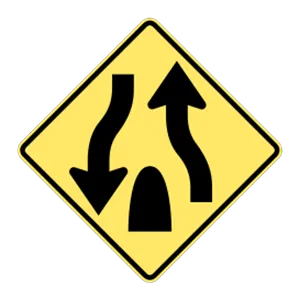
This sign warns drivers that the divided highway ends ahead.
46 . If you are involved in a serious motor vehicle crash:
If you are involved in a crash, move your vehicle off of the road and stop, if possible. If anyone is injured, call 911 and provide appropriate help. You must report the crash to law enforcement if there is an injury, a death, and/or more than $1,000 in property damage (or more than $200 worth of damage made to non-vehicle government property, such as signs or guardrails).
47 . If someone is driving aggressively behind you, you should:
If you encounter an aggressive driver, you should make every attempt to get out of their way. You should avoid making eye contact with a hostile driver. Challenging a hostile driver by speeding up may only make them angrier, thereby increasing their danger.
48 . When driving on roads that may be slippery:
You should avoid making any sudden changes in speed or direction when driving on a slippery surface. Reduce your speed on slippery roads and do not use cruise control.
49 . Vehicle stopping distances never depend on:
The distance that a vehicle needs to stop depends on the motorist's reaction time, weather and visibility conditions, the vehicle's weight, the conditions of the vehicle's brakes, the condition and type of the vehicle's tires, roadway conditions, and speed.
50 . At a light rail intersection, always:
You should never drive around lowered crossing gates. Always look both ways before turning across train tracks and always obey signs and traffic signals. Trains share the road with motor vehicles and bicyclists.
See the exact questions that will be on the 2025 Indiana DMV exam.
99.2% of people who use the cheat sheet pass the FIRST TIME
LT gives us an insight on how the cheat sheet provided her with all the study questions she needed before taking her test.
Joe initially studied with the handbook and failed his test, he eventually found us online, studied and pass his test the first time around.

